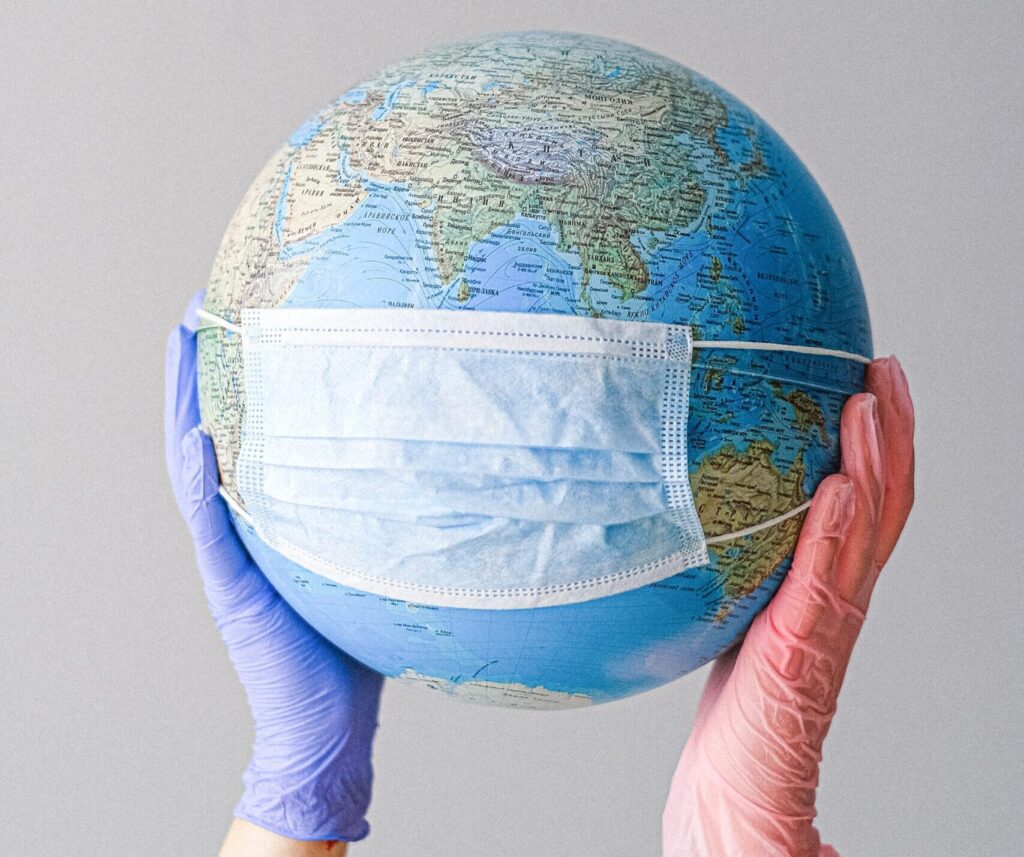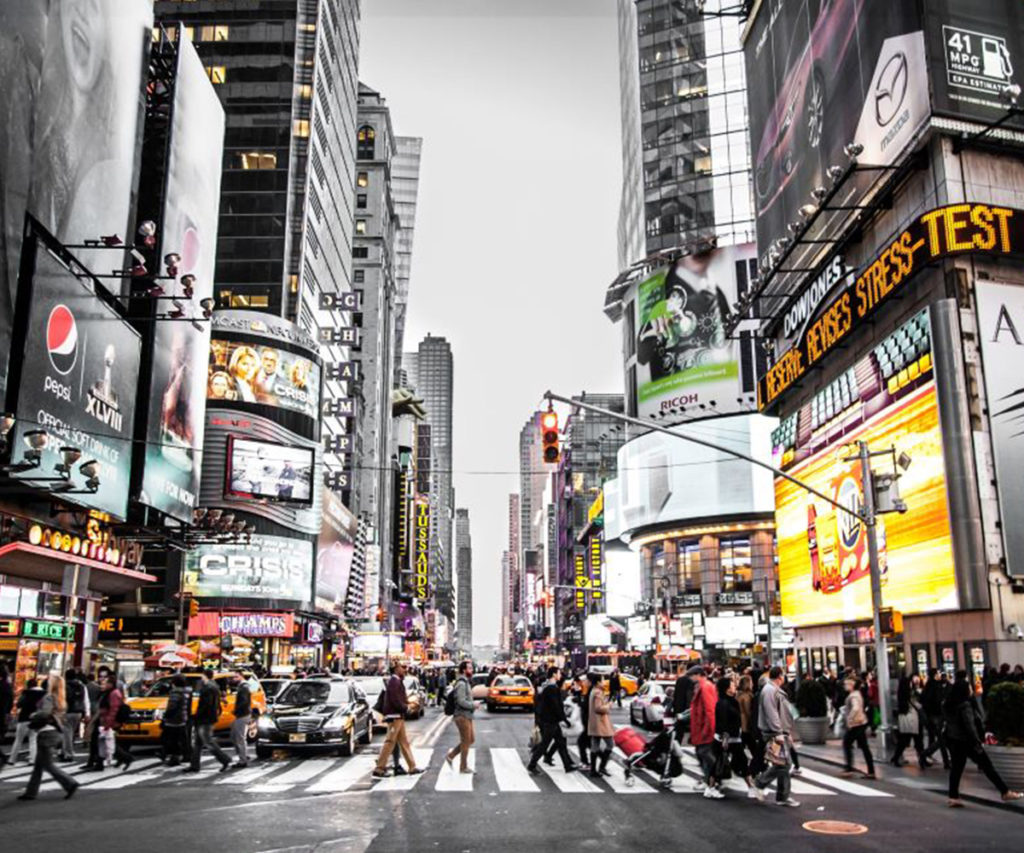“Bibitakin kanoan boong”, literally “change in weather over many days”, is the Kiribati phrase for climate change. Consisting of 33 coral islands in the central Pacific Ocean and currently standing at just six feet above sea level, Kiribati is one of the first countries to be affected by rising sea levels, and it could be the first country to disappear as a result of this climate change effect, despite their small contribution to global carbon emissions.
Already, the I-Kiribati are adapting: retreating further inland and switching to crops that are resistant to seawater flooding. As the global sea levels continue to rise at a faster rate, the fate of Kiribati is a sign of bigger and more detrimental changes to come for larger islands and coastal cities.
Sea-level rise is caused by three major factors, all of which are effects of climate change.
-
Thermal Expansion: The oceans absorb about 90% of the heat trapped by our carbon emissions in the atmosphere. And as water heats up, it expands. Warmer oceans are the reason for half of the sea-level rise in the past 25 years. With average temperatures this year rising 1.1°C above pre-industrial levels, we are likely going to miss the target to contain global warming to 1.5°C, further accelerating sea-level rise.
-
Melting Glaciers: Persistently higher temperatures, later winters and earlier springs, and decreasing snowfall are making it hard for snow to balance out the melting in glaciers, causing more water to flow to the sea. This year, we lost our first glacier to climate change, and the world’s glaciers are melting much faster than previously expected.
-
Loss of Ice Sheets: Ice sheets in Greenland and Antarctica are melting at an alarming rate as a result of global warming. If fully melted, the two ice sheets could raise sea levels by 64 meters.
Although islands and coastal cities are most at risk, sea-level rise, especially when combined with other climate factors, can cause negative impacts on a larger global scale, threatening wildlife populations, displacing human populations, disrupting industries and economies, triggering humanitarian crises while making humanitarian work more difficult.
Chronic Flooding: According to a recent study by Climate Central, 300 million people will be affected by annual coastal flooding by 2050, and land currently home to 200 million people will fall permanently below the high-tide line by 2100, with people in the Asia-Pacific region expected to be hit the hardest.
Climate Migrants: The combination of more and higher flooding, intensifying storm surges and other climate effects can cause destruction to livelihoods, habitats and infrastructure, leading to displacement of people in low-elevation coastal zones.
Two billion people, or one-fifth of the world’s population, could face displacement and resettlement by 2100 as a result of sea-level rise. But such a migration crisis, which could increase global instability, is already happening in Bangladesh. In Miami, the US, sea-level rise is accelerating gentrification in high-elevation neighborhoods, pricing out low-income residents who have been living there for decades.
What Can Be Done?
-
Demand actions on carbon reduction: Support organizations, businesses, and policymakers that are committed to carbon emissions reduction, if not carbon neutrality, but not through carbon offsets. As global emissions continue to rise every year, countries all over the world are seeing an increase in climate lawsuits filed against governments and corporations.
-
Better preparation for migration: Policies made today will have a long-term influence in shaping sea level-induced migration. A modelling approach can help policymakers better understand the how and why of sea level-induced migration, and subsequently make the migration process less expensive and disruptive.
-
Build resilient infrastructure: This kind of infrastructure includes flood protection, storm surge barriers, and landscape designs that enable cities to withstand and even benefit from inundation, such as stormwater farms. But just as important is for governments to have the sense of urgency that is needed to prevent the costly delay of Venice’s “Mose Project”.
- Empower women to tackle climate challenges: Climate change and climate-related health impacts take a greater toll on women in general, but studies have found that companies with more women in decision-making positions are better at achieving sustainable development goals and have a lower risk of breaching environmental laws. In Vietnam, the women of Thua Thien Hue are empowered through a global movement to build resilience to climate change by planting mangrove trees.
We’re also reading…
-
Environmental activism in the Global South is dangerous.
-
Whale conservation beats tree planting when it comes to capturing carbon dioxide.
- In Bangladesh, floating hospitals serve the infirm on islands that are constantly eroded and reforming as a result of climate change.



